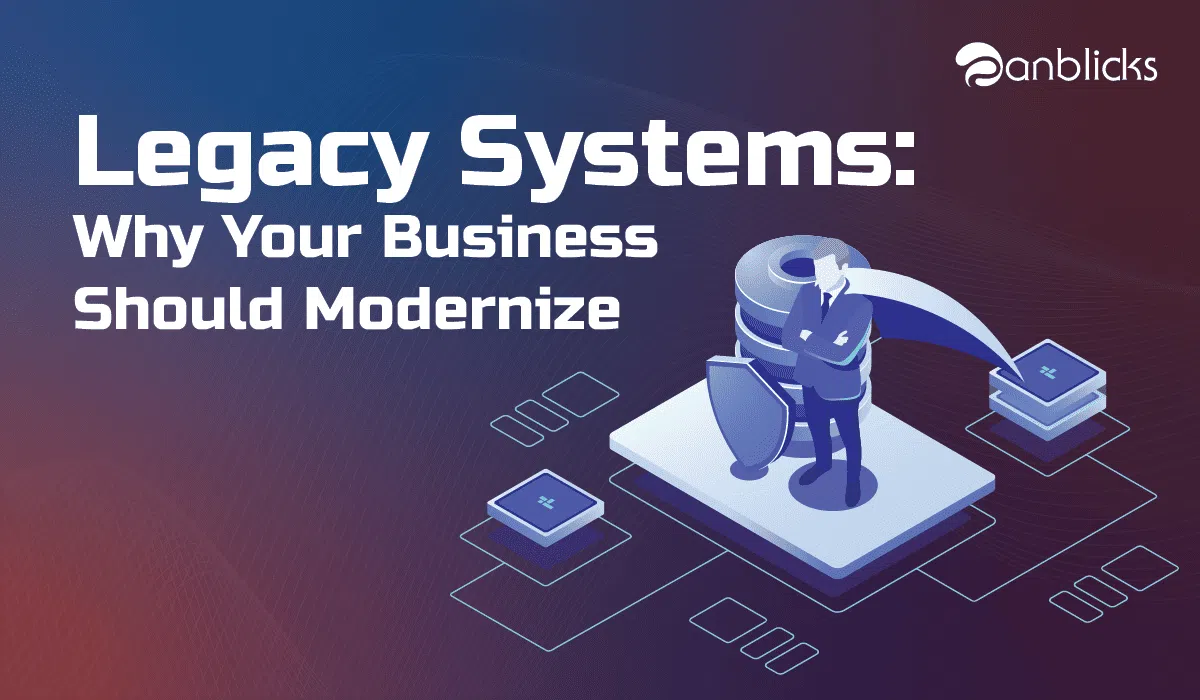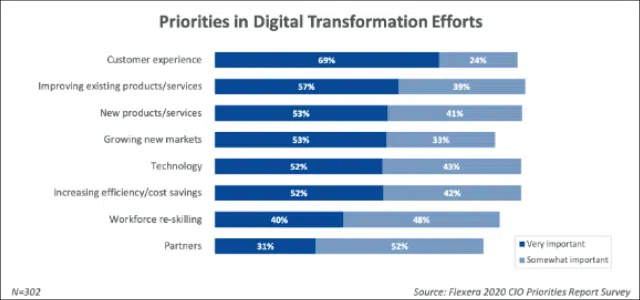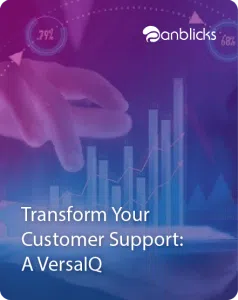
Challenges of Legacy Systems: Understand Why Your Business Should Modernize the Legacy IT System

TL;DR
- Legacy systems create inefficiencies, increasing operational costs and risks.
- Outdated technologies limit scalability and hinder innovation.
- Maintaining legacy systems poses security vulnerabilities and compliance challenges.
The service industry is growing exponentially today, so the competition is also increasing. No one wants to stay behind in this competitive world. But if your business is still using a monolithic app or legacy IT system, you can’t fight in this challenging business world. In this article, you will get a brief idea of the challenges of legacy systems.
If an organization wants to increase its annual revenue, digital transformation is mandatory. Many companies are still using outdated systems. It isn’t easy to adopt new technologies because such systems have become requisite for business purposes. But most business owners may be aware of the problems of legacy systems.
VMware and MIT Technology report says that 62% of IT leaders face roadblocks while integrating legacy systems into the cloud. However, modernizing legacy IT systems is required for every enterprise to increase network security, adding new features and functionality, and the most important thing is to boost their productivity.
If you are still unsure what problems legacy IT systems can cause to your business, or you can not identify the challenges of legacy systems. Let’s have a look at some of the challenges of legacy It systems that can hamper your business growth.
8 Problems of Legacy Systems That Can Hamper Your Business
Here are the most common challenges of legacy IT systems that organizations are facing these days. Understand why businesses should embrace application modernization.
1. Poor mobile compatibility
As we all know, the mobile phone is a part of our life, and it plays an essential role in digital transformation. Mobile applications are easily accessible from anywhere and anytime, which increases productivity and operational efficiencies. Businesses that are not taking advantage of mobile devices will not be able to beat their competitors.
Whereas, most of the time, legacy software doesn’t support mobile devices. It isn’t easy to access the legacy system by any device other than office computers. This impacts the company’s costs like office infrastructure, employees’ travel expenses, and low productivity, especially in the covid pandemic.
2. Increased security threats
In addition to poor mobile compatibility, the legacy system also increases security threats, where the security of cloud-native apps is far better than legacy IT systems. Some of the drawbacks of legacy systems are below:
- In many cases, the legacy system can’t receive support from the vendor or company that created them.
- Also, this system doesn’t receive updates and patches to confront the security hazard.
- It is troublesome for regular maintenance and support because only a few developers can fix the problem who know about legacy software architecture.
- Legacy IT strategies don’t embrace the “lean IT” theory.
According to IBM’s study, the average cost of a data breach is a staggering USD 3.92 million.
3. Problem with efficiency and stability
Apart from being insecure, Legacy systems are less efficient because new employees or new users are not familiar with this type of system. As a result, the productivity of employees gets decreased over time. This is because the system was implemented when the business was less competitive.
In addition, legacy IT systems are frequently unstable. This is because the systems are not getting frequent support from the vendor, and it is tough to fix bugs and patches.
4. It directly affects the Customer Experience
As we all know, a good customer experience can lead to more customers in the bucket. Digital Transformation is all about users. Businesses these days are working too hard to provide an excellent experience to their customers and consistently seek to update it.
Legacy systems are not that much capable of adopting new features and functionality. It is too difficult to improve its usability and give the best experience to the customer. A poor customer experience can harm any business’s revenue.
We are in the mobile phone era, and almost 90% of people are using smartphones. They are on mobile phones with the internet all time; they can search for anything or order anything from their smartphones.
Also, 24/7 customer support is available there with the help of chatbots. So, if you are still using an old legacy system and not ready for application modernization, you will notice yourself last in the competition.
To understand how customer experience is essential, the Flexera 2020 CIO Priorities Report indicates that the customer experience is the leading factor for digital transformation efforts.

Source: Flexera 2020 CIO Priorities Report
5. Not able to integrate with new technologies
Software should always be compatible with business growth, and with the monolithic systems and legacy software, businesses can’t go too long in such a competitive world. Legacy systems are independent and not designed to integrate with other software.
Sometimes it’s good, but it spoils the organization’s flexibility and scalability. Because of this, businesses can not incorporate new technology into the existing system.
Technology is changing very rapidly, and if your business wants to take advantage of it, you should think about modernizing your current Legacy IT system with a modern solution. By embracing modern solutions, you can integrate more advanced software and solutions that your organization uses.
6. Legacy systems are costly to manage
When new technology comes, it seems cost-effective because of the available support and updates, but it isn’t cost-effective anymore when it becomes outdated. Today, Legacy IT systems are very costly to manage.
Getting support and updates for the older system is usually much more expensive than modern software. Maintaining and keeping Legacy systems up-to-date is a very challenging job for developers.
7. Lagging of information
Providing information in real-time is essential to any industry, but some legacy systems are not capable enough to achieve this requirement. It isn’t easy to react or solve any problem when the required information is not up-to-date.
Modern software can provide accurate information at the right time. With application modernization, businesses can take advantage of more robust data insight that helps make decisions and produce reports that stakeholders demand.
Most enterprise applications are often complex because of too many features and functionality. So obviously, the user experience will be affected. Because of the poor user experience, employees may struggle to use the application more effectively.
Also, with a bad user experience, businesses can’t retain existing customers or attract new customers. In addition, Legacy systems are not capable of supporting advanced formats. It can support only specific formats up to a certain point. As a result, when these old forms become outdated, businesses will be stuck in the old structures that customers are not using.
Editor’s Note
So far, we have seen a few of the challenges of legacy IT systems. Still, there are too many difficulties that legacy system creates. Businesses have only one solution to overcome this problem, and that is modernizing legacy IT systems.
Many organizations are migrating their monolithic application into microservices. If your business is facing challenges during this migration, you can refer to this step-by-step guide on migrating Monolithic Applications into Microservices. Or you can connect with our expert and get a free consultation.

Krunal Vyas is a Sr. digital marketer at Anblicks. He is fond of exploring new technology and research & development. His main interest is to explore how Modern Apps can benefit businesses to enhance user engagement. Besides, he likes to share his knowledge by writing meaningful content to educate the audience about Modern Applications.







